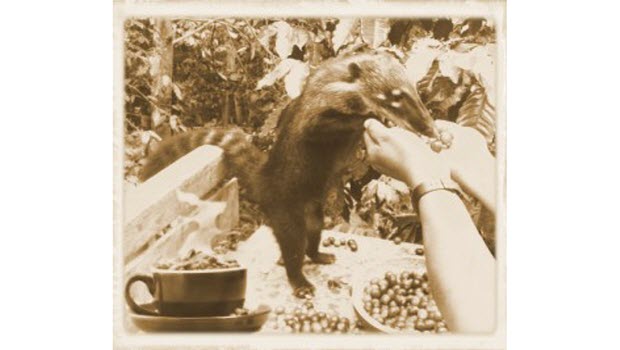
Peru growers harness mammal’s digestive tract to strip bitter-taste from very costly coffee beans
Reuters reports that two Peruvian coffee producers — Cecovasa and Chanchamayo Highland Coffee Co. — are now making one of the most expensive coffees in the world by retrieving arabica beans from the dung of a long-nosed jungle mammal called the coati, a tropical cousin of the raccoon.
The process copies a rare technique from Indonesia, where the beans are fished out from the poo of a different animal, a cat-like creature called the Asian palm civet.
Coffee connoisseurs reportedly are paying anywhere from $20 to $65 for a cup of the exotic Peruvian brew, described as “less bitter and more full-bodied than most coffees, and with an unusually long aftertaste.”
Now, for anyone out there inclined to suggest that Peru’s use of this rare coffee producing technique amounts to an unfair knockoff of the original Indonesian dung coffee, I would argue that this actually represents an evening of a historical score.
In the 1630s, Jesuit priests took bark from the Peruvian cinchona tree — the original source of quinine — back to Europe, where it was hailed as a miracle cure for malaria.
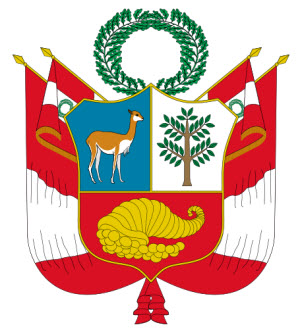
In 1825, Simón Bolívar and the Constituent Congress added the cinchona tree as a symbol on Peru’s national coat of arms, along with the vicuña and a gold cornucopia. Today the tree remains part of the centerpiece of Peru’s flag — a constant reminder of Peru’s unrewarded contribution to one of the most important breakthroughs in medical history.
Something to ponder while sipping a piping hot mug of coati coffee.
If you like this post, please remember to share on Facebook, Twitter or Google+
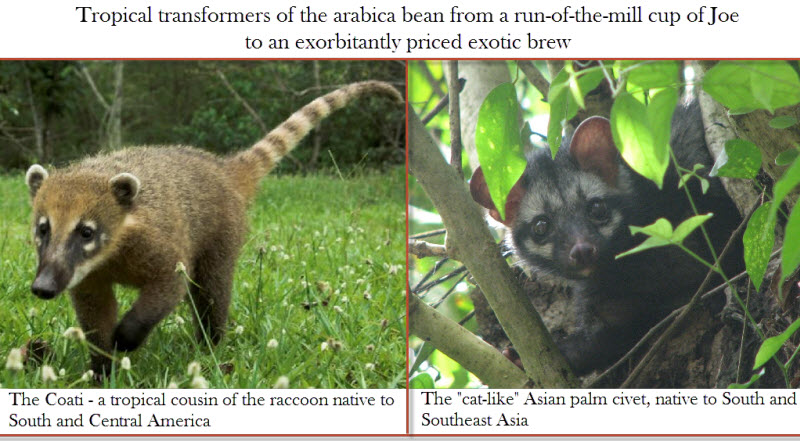
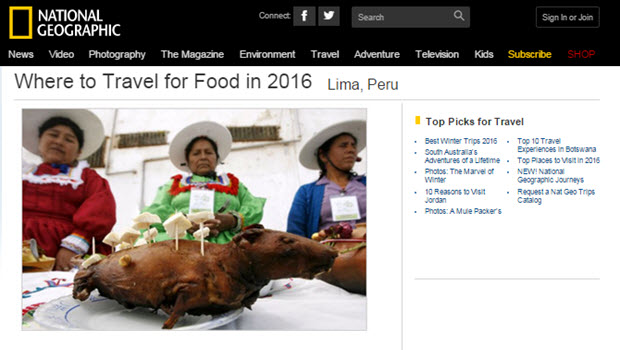 Lima Makes National Geographic Top 10 Food Destination For 2016
Lima Makes National Geographic Top 10 Food Destination For 2016 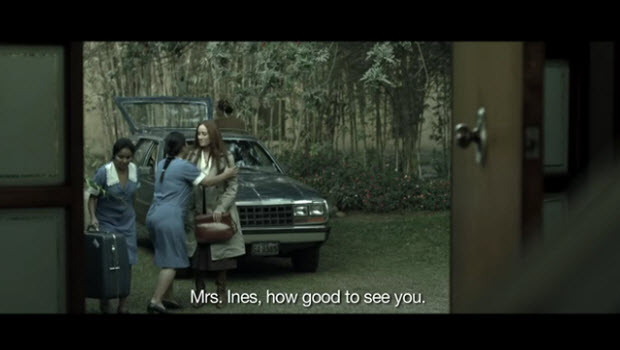 The Bad Intentions to vie for foreign language Oscar
The Bad Intentions to vie for foreign language Oscar 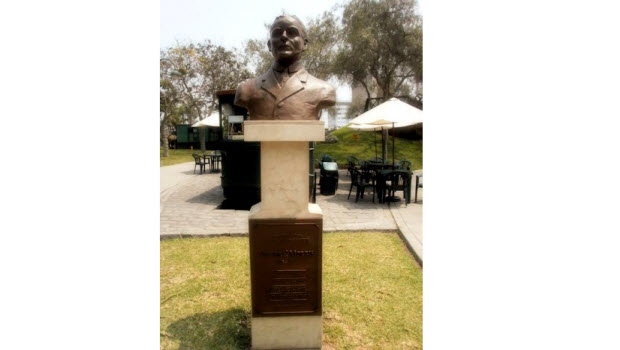 Pisco Sour History 101 Questioned
Pisco Sour History 101 Questioned 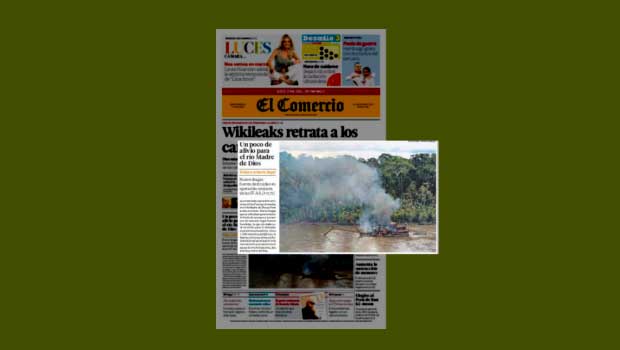 Peru cracks down on illegal gold miners in Amazon jungle
Peru cracks down on illegal gold miners in Amazon jungle 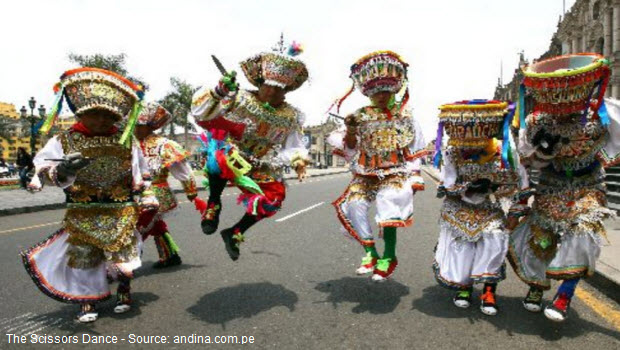 Tijeras – The Scissors Dance
Tijeras – The Scissors Dance 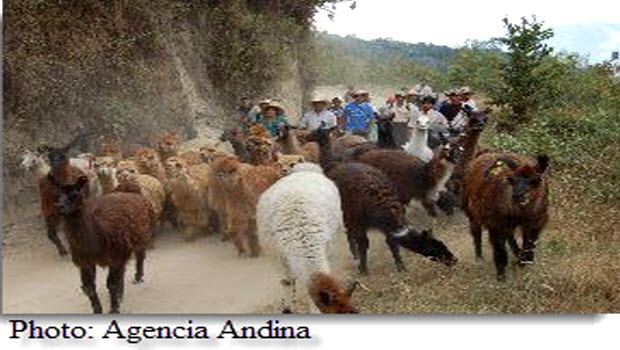 Llama-supported treks coming soon to Peru’s Chaparrí Reserve
Llama-supported treks coming soon to Peru’s Chaparrí Reserve 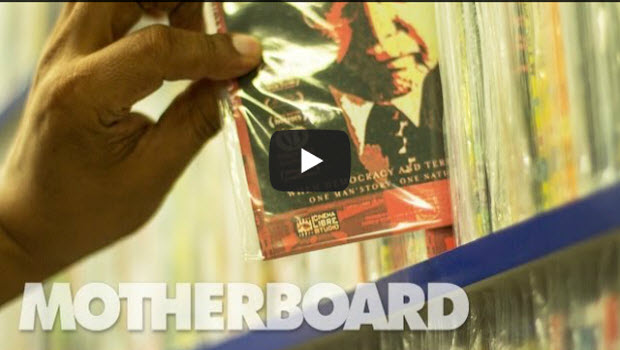 Pirates in Peru and the Lima DVD dilemma
Pirates in Peru and the Lima DVD dilemma 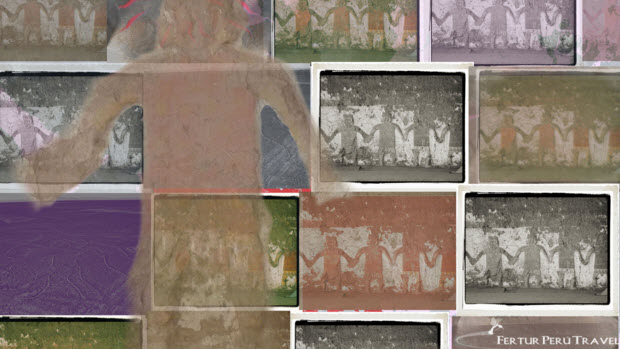 Moche – Phase I through IV
Moche – Phase I through IV